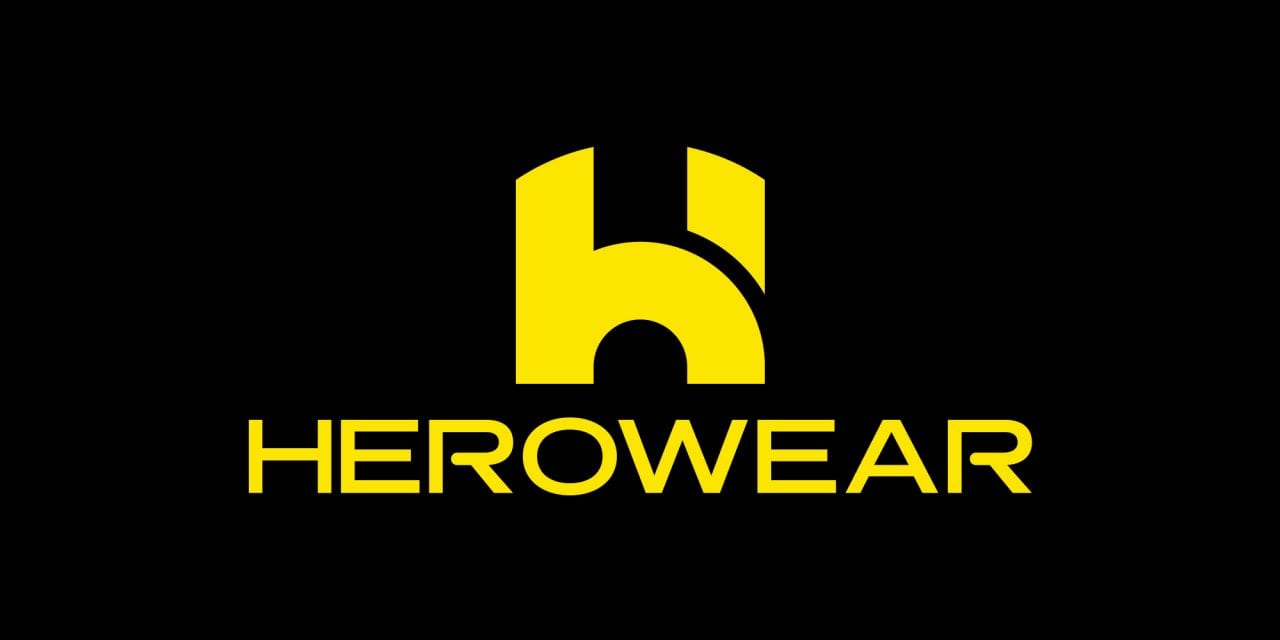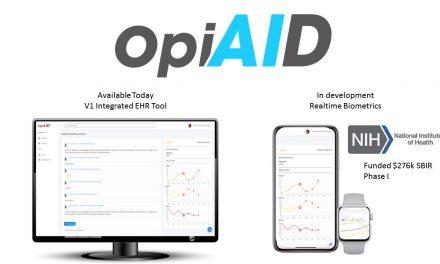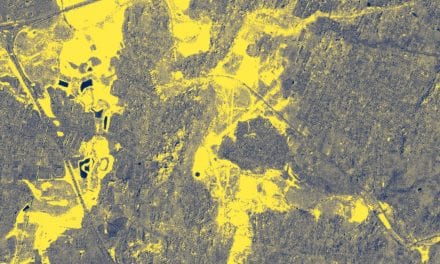An often-used media cliché is to compare a story’s subject to something out of a movie or straight out of a comic book. This familiar mode of comparison is really meant to underscore the reporter’s fascination with something flying past novelty and into the realm of the extraordinary.
With the tagline “The Weight Is Over,” the press around HeroWear’s exosuit technology is bound to invite such comparisons. Per the HeroWear website, the company’s Apex wearable exosuit is “a back-assist exosuit that is designed to reduce strain on the back while fitting like a comfortable piece of clothing.” Not reliant on batteries or motors, the patent-pending, dual-mode technology can be easily turned on or off, an ability the site says makes it useful in “nearly any work situation.”
The modular wearables are textile-based, and they can be interchanged, creating more than 50 combinations of use to tailor the fit and support to the needs of the user. Weighing 3 pounds, the exosuit takes about 50 pounds of strain off of the user’s back while they bend, twist, lift, or move.
HeroWear’s Chief Scientific Officer and Co-founder Karl Zelik is a biomechanics and engineering researcher. According to his bio on the company website, the Vanderbilt University professor “holds secondary appointments in the departments of Biomedical Engineering and Physical Medicine and Rehabilitation. He also co-directs the Center for Rehabilitation Engineering and Assistive Technology (CREATE) at Vanderbilt University, which aims to improve health, mobility, and independence for individuals with disabilities, and to enhance human capabilities beyond biological limits. Karl received the International Society of Biomechanics Promising Scientist Award (2017), the American Society of Biomechanics Young Scientist Award (2017), and a Nashville Emerging Leader Award (2018). He has published over 30 peer-reviewed journal papers on biomechanics and assistive technology.”
Karl says that his work at CREATE is focused on reducing the limitations caused by physical disabilities. The paths to achieving this are twofold: 1) creating wearable technologies for people who are already disabled and 2) developing wearable technologies that can help reduce the wear-and-tear workers might experience on their bodies from wear and tear or injuries related to physical labor. He believes that many people working in industrial jobs are at a high risk of back pain, sharing that up to 80 percent of adults will experience some form of back pain in their lives.
“It’s obviously an enormous problem in both the workplace and at home,” Karl says. “I think part of what we really had to do was just focus on ‘Where’s the biggest need right now?’ And, you look at folks who are working in logistics, essential workers in construction, manufacturing, and a lot of these folks are bending or lifting thousands of times per day. And each time they do this, there are several hundred pounds of force going through their back muscles.”
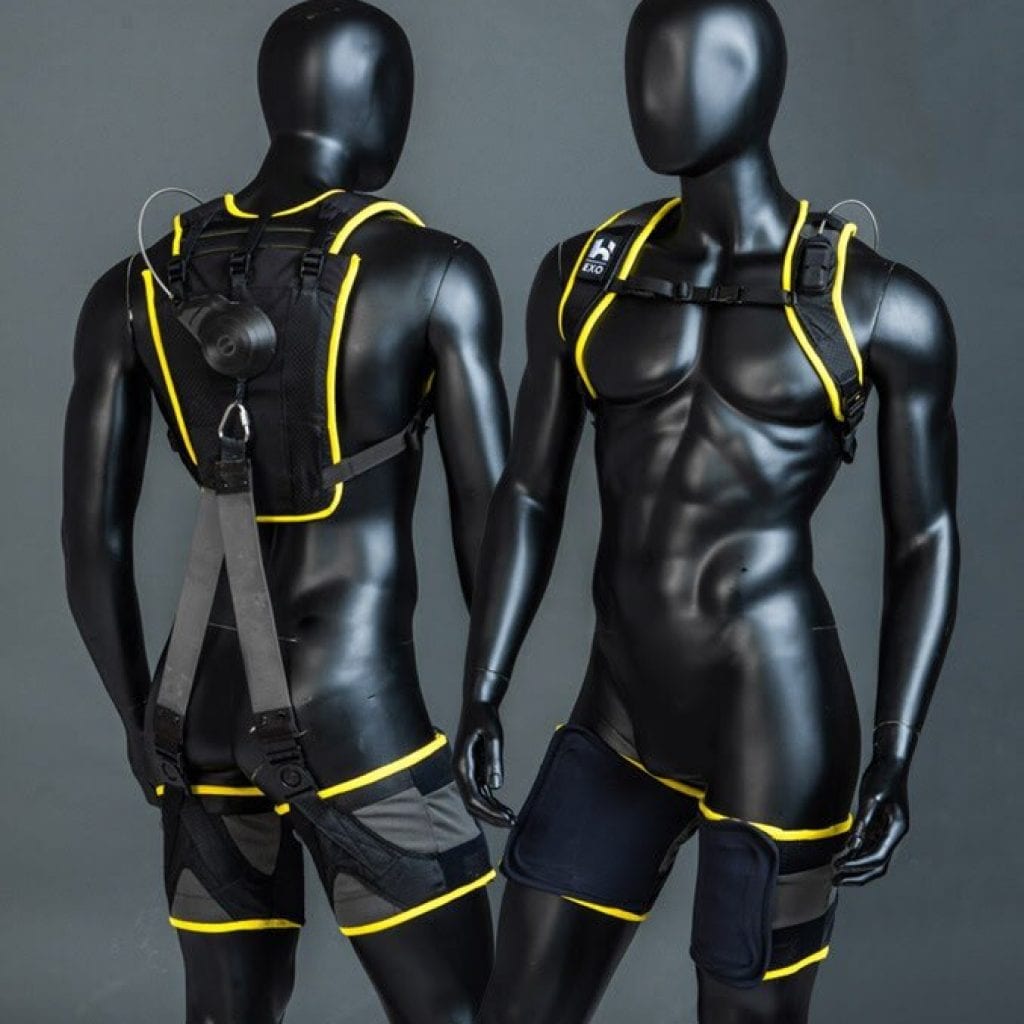
Karl explains that it’s very well-known that physical injuries can not only harm the worker, but impact the business that employs the worker through loss of productivity. While this observation may be obvious, it seems to get set aside in the mix of other priorities.
The utility of the Apex wearable product earned the attention of serial entrepreneur, Co-founder, and CEO of HeroWear Mark Harris. Outside of co-founding HeroWear, Mark’s curriculum vitae includes three degrees from Vanderbilt University and the founding of another company, Concert Genetics. This company curated over 140,000 genetic testing products during Mark’s tenure there. He tells Launch Engine that he met Karl while serving on the Advisory Board for Vanderbilt University’s Center for Technology Transfer and Commercialization. At the time, Karl and Co-founder/Chief Innovation Officer Matthew Yandell were doing a presentation for the exosuit technology that would become Apex. Mark happened to be looking for the next startup venture he should get involved with, and he instantly recognized the potential for HeroWear.

“I was struck by the size of the problem, and the amount of industrial interest they were getting in what was, at the time, a fairly early-stage prototype,” Mark says. After being amazed by the exosuit prototype, Mark started working with Karl and Matthew.
Mark describes Apex as “a wearable exosuit technology.” He stresses the distinction between this phrase and the phrase “exoskeleton technology” because exoskeletons imply “rigid, heavy components.”

“[This] is very much a soft, textile-based device,” Mark says. “And our goal is really that it provides assistance for workers who are in these… material-handling jobs. But just as importantly as helping them offload their low back, it also just gets out of their way when they don’t need the assistance.” He explains that HeroWear believes that the reason why proper exoskeleton technologies haven’t been adopted in industrial settings is because of their rigid components. Since workers are expected to carry out a wide variety of motions at work, including bending, the Apex is designed for comfort and mobility in whatever action the wearer performs.
Within the current Apex product, there are different stiffness levels of band that can be put into the wearable that provide different levels of assistance. Karl says that, with the right improvements, it’s possible to alleviate more weight that the 50 pounds the Apex is presently touted to do. This increase in assistance would simply require a stiffer spring, and a few extra tweaks to the design concept and mechanisms. The result would be that the Apex could then alleviate even more weight.
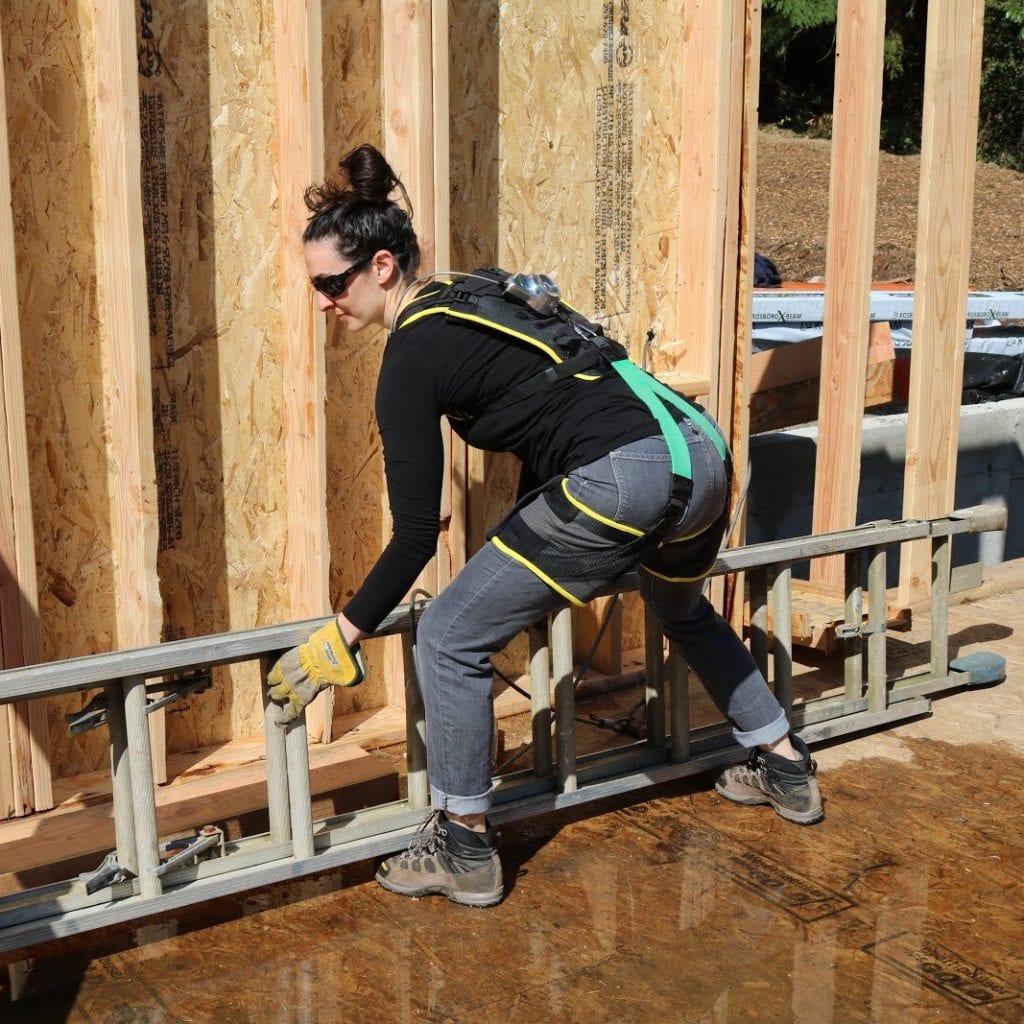
For 2020, the focus of HeroWear had been on commercializing the wearable technology, under which were the goals of proving the product-market fit and demonstrating to potential buyers that this product actually did what it claimed to do. The Apex exosuit was launched in March 2020, and immediately started generating sales.
“In fact, we had much more demand than we had supply for the Apex,” Mark says. This meant that HeroWear would have to scale up its manufacturing. They accomplished this via a third-party vendor that could ramp up production for Apex between 1,000-10,000 of units per month. This manufacturing partner was brought into the deal toward the end of 2020.

According to Mark, there’s an immediate response when people demo the device. The company has already gathered performance data on the product to see how it’s being used in the field, with reports confirming that it’s reducing exertion on workers. He says, “When they go down, and they do a squat, we’ll have them lift a kettlebell, or lift up a box.” He adds that their response is typically “Wow!”
HeroWear’s current market strategy is selling the Apex product business to business first. From the outset, the company’s targeting of industrial businesses makes sense considering that individual consumers might not have as much of a need for such devices as larger purchasers. But as HeroWear makes more products and improves its production capabilities, the next phase of sales will include scaled-down opportunities to sell to small business owners doing things like construction or plumbing. Apex will be one of many products sold by HeroWear over time to address specific styles or work, or to prevent specific injuries in the workplace.

Karl says that the HeroWear team is really proud to be “the first company in the world to launch an exoskeleton or exosuit product that has a female-specific fit.” This means that the product features straps especially designed for a woman’s body, as well as assistance levels customized for female workers. Karl says that that’s “certainly been a part of the secret sauce” in terms of Apex’s appeal on the market, and that it has started to generate demand from individual workers at companies. Mark points out that HeroWear is still collecting data on user adoption and acceptance for the Apex product.
While many consumers with problems such as degenerative disc disease could easily benefit from Apex, the team stresses that this isn’t a medical device. It should be seen as a device made to protect workers, not unlike gloves, a hard hat, or steel-toed boots.
For further information about HeroWear, be sure to visit the company’s website and social media.


